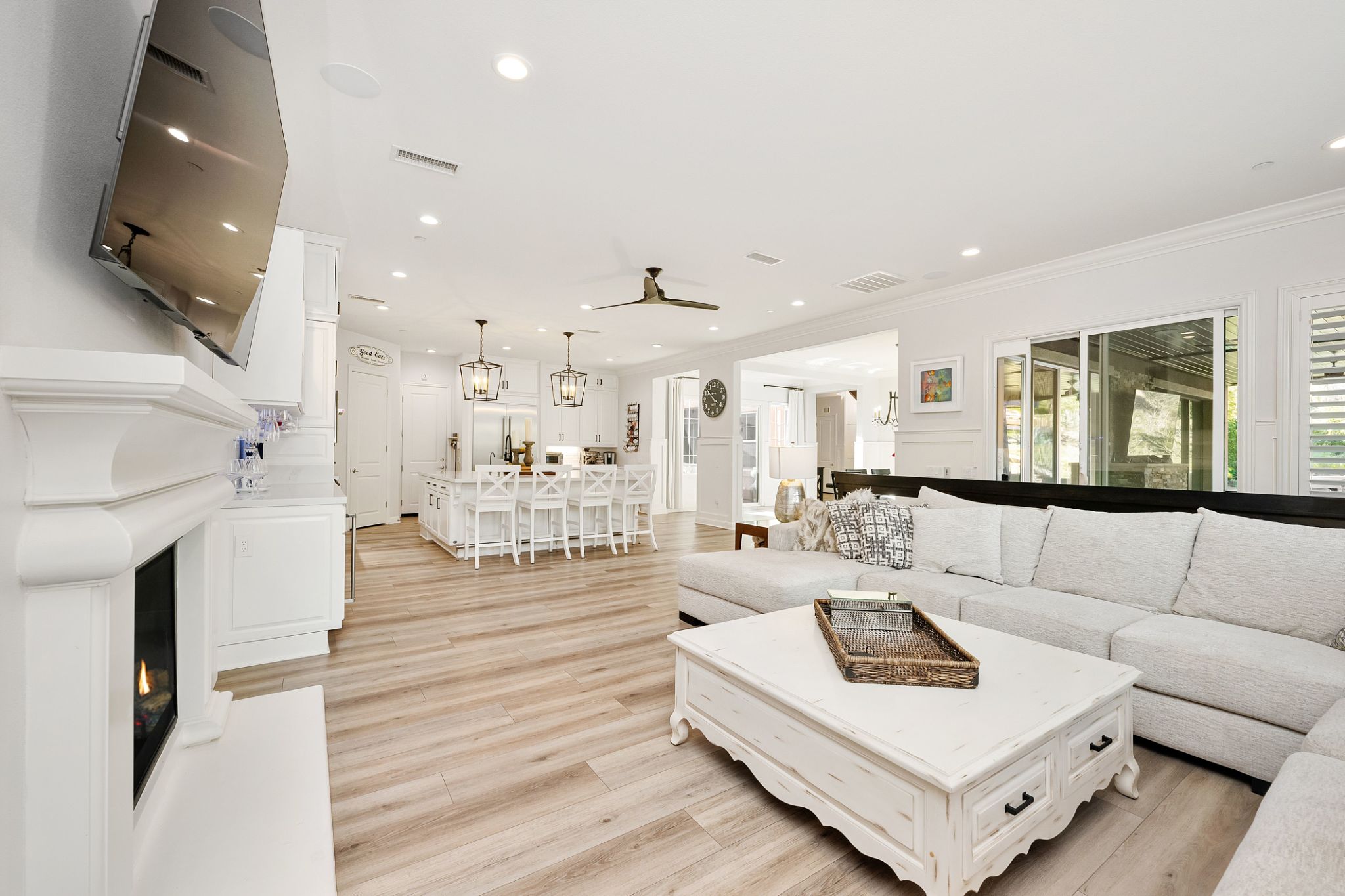Smart Blinds vs. Traditional Blinds: Which is Right for Your Home?
Understanding Smart Blinds
In recent years, smart home technology has seen a surge in popularity, and one of the standout innovations is the advent of smart blinds. These window coverings integrate with your home automation system, allowing you to control them via smartphone apps, voice commands, or even set schedules for automatic operation. The convenience and energy efficiency they offer make them an appealing choice for tech-savvy homeowners.
Smart blinds can connect to other smart devices in your home, such as thermostats and lights, to create a cohesive and responsive environment. For instance, they can automatically close during the hottest part of the day to keep your home cool, reducing energy consumption and saving money on utility bills.

The Appeal of Traditional Blinds
Despite the rise of smart technology, traditional blinds continue to be a popular choice due to their simplicity and cost-effectiveness. They come in various styles, materials, and colors, allowing homeowners to find the perfect match for their décor. Furthermore, traditional blinds are typically easier to install and maintain, requiring only basic cleaning from time to time.
Traditional blinds offer a tactile experience that some homeowners prefer. The manual operation allows for precise control over the amount of light entering a room and can be a more straightforward option for those who may not be comfortable with digital interfaces or do not have a robust smart home setup.

Comparing Features: Smart vs. Traditional Blinds
When it comes to comparing smart and traditional blinds, there are several factors to consider:
- Cost: Smart blinds generally come with a higher upfront cost compared to traditional blinds due to the technology involved.
- Convenience: Smart blinds offer unmatched convenience with remote operation and automation features.
- Style and Aesthetics: Both options come in a range of styles, but traditional blinds may offer more variety in terms of materials and finishes.
- Installation: Traditional blinds are usually easier and quicker to install without the need for technical knowledge.
The Environmental Impact
Choosing between smart and traditional blinds can also have implications for your home's energy efficiency. Smart blinds can be programmed to optimize natural light usage and reduce heating and cooling needs. This automation can potentially decrease your carbon footprint by minimizing reliance on artificial lighting and HVAC systems.
On the other hand, traditional blinds can also contribute to energy efficiency when used correctly. Closing them during peak sunlight hours can help maintain indoor temperatures, although this requires manual operation and regular attention.

Making the Right Choice for Your Home
The decision between smart and traditional blinds largely depends on your lifestyle and preferences. If you value cutting-edge technology and seamless integration with your smart home system, smart blinds may be the right choice. However, if you prefer a simpler, more hands-on approach without the need for additional gadgets or apps, traditional blinds could be more suitable.
Consider factors such as your budget, the existing technology in your home, and your comfort level with new devices. Ultimately, both smart and traditional blinds have their own unique advantages, and understanding these can help you make an informed decision that enhances your living space.

